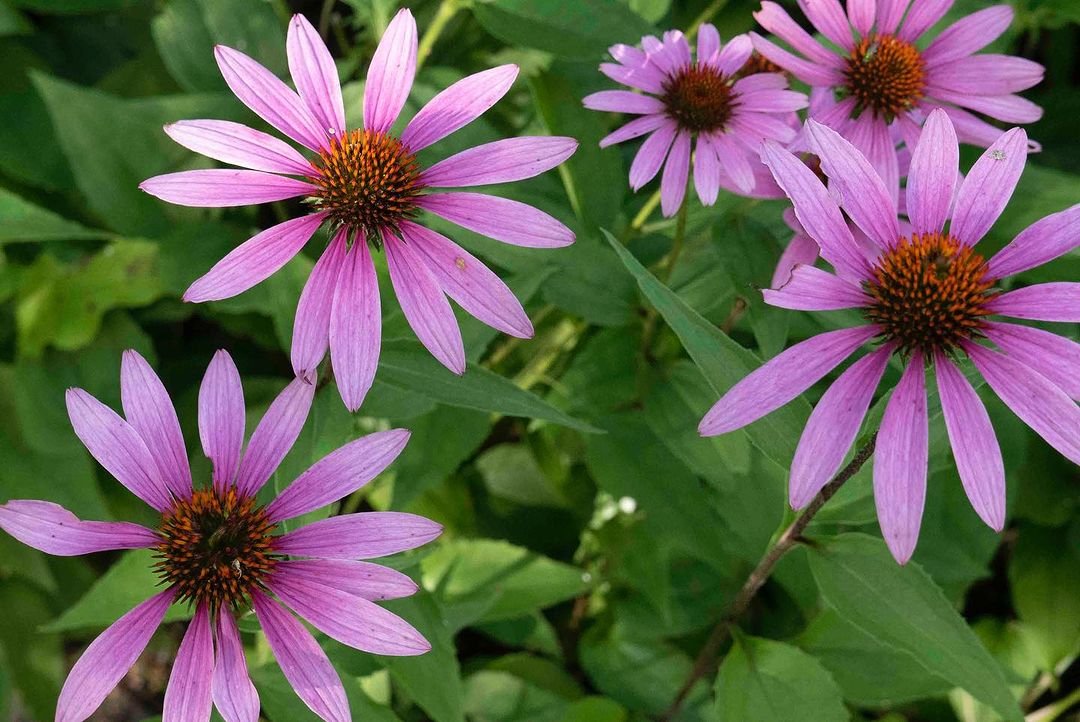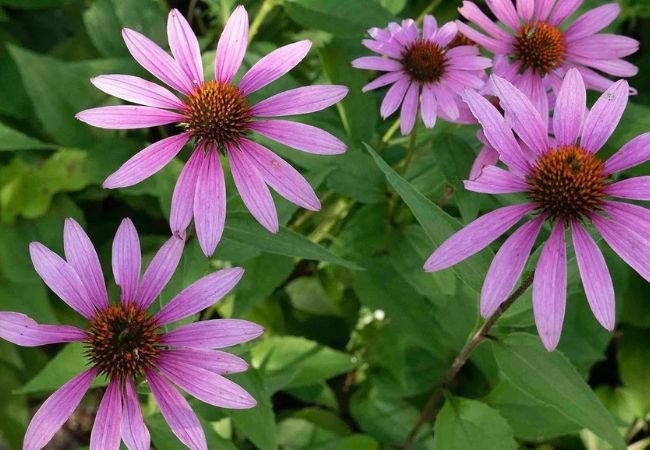Unveil the captivating world of the Tennessee Coneflower a rare and delightful wildflower native to the United States. This comprehensive guide delves into the origins, cultivation and care of this unique species, empowering gardeners and nature enthusiasts to appreciate and potentially incorporate this botanical gem into their outdoor spaces.
In the vast tapestry of the natural world, certain plant species stand out for their rarity, beauty and ecological significance. The Tennessee Coneflower scientifically known as Echinacea tennesseensis is one such exceptional wildflower that has captured the hearts of botanists, gardeners and nature enthusiasts alike. Native to a small region of the United States, this delicate yet resilient plant has overcome numerous challenges to survive and thrive. In this insightful discussion, we’ll explore the origins, cultivation and care of the Tennessee Coneflower, unlocking the secrets to appreciating and potentially incorporating this botanical treasure into your outdoor spaces.
Here’s a short chart with information about the Coneflower (Echinacea spp.):
| Aspect | Information |
|---|---|
| Botanical Name | Echinacea spp. |
| Common Names | Coneflower |
| Plant Type | Herbaceous perennial |
| Zones | 3-9 |
| Exposure | Full sun |
| Bloom Time | Summer to early fall |
| Height/Spread | 2-4 feet tall, 1-2 feet wide |
Origins and Historical Significance

The Tennessee Coneflower is a perennial wildflower endemic to a narrow geographic range spanning portions of Tennessee, Virginia and North Carolina. Discovered in the late 19th century, this species quickly gained recognition for its unique appearance and rarity, leading to conservation efforts to protect its fragile populations.
Botanically, the Tennessee Coneflower belongs to the genus Echinacea, which includes several well-known medicinal and ornamental species such as the Purple Coneflower (Echinacea purpurea). However, Echinacea tennesseensis stands apart with its slender, hairless stems and striking orange-red ray petals surrounding a prominent, cone-shaped center disk.
Cultivation and Propagation
While the Tennessee Coneflower is a protected species in the wild, dedicated efforts have been made to cultivate and propagate this plant for conservation purposes and to make it available to gardeners and enthusiasts. Propagation can be achieved through seed germination, division of established plants, or transplanting from nursery-grown specimens.
When it comes to cultivation, the Tennessee Coneflower prefers well-draining, nutrient-rich soils and thrives in full sun to partial shade conditions. Providing the correct soil pH (between 6.0 and 7.5) and maintaining consistent moisture levels during the growing season are crucial for ensuring the plant’s success.
Care and Maintenance
Caring for the Tennessee Coneflower requires patience and attention to detail. These plants benefit from regular watering during dry spells, as well as periodic fertilization with a balanced, slow-release fertilizer to support their growth and flowering.
Deadheading, or removing spent blooms, can help prolong the flowering period and encourage the plant to produce additional blossoms. Additionally, dividing established clumps every three to four years can help rejuvenate the plants and prevent overcrowding.
Landscape Applications and Companion Planting
The Tennessee Coneflower’s unique beauty and rarity make it a prized addition to any garden or naturalized landscape. These plants can be incorporated into perennial borders, wildflower meadows or rock gardens, where their vibrant blooms and distinctive foliage add a touch of elegance and interest.
When it comes to companion planting, the Tennessee Coneflower pairs well with a variety of native species, such as black-eyed Susans, coneflowers and ornamental grasses. Creating a harmonious blend of colors, textures and bloom times can result in a visually stunning and ecologically sustainable garden oasis.
Potential Challenges and Solutions
While the Tennessee Coneflower is generally hardy and resilient, it can face a few challenges during cultivation. One common issue is the susceptibility to powdery mildew, a fungal disease that can affect the foliage, causing white, powdery patches. Proper spacing, good air circulation and avoiding overhead watering can help prevent and control this problem.
Additionally, gardeners may encounter issues with insect pests, such as aphids or leaf miners, which can damage the plant’s foliage and overall health. Using organic or targeted pest control methods, as well as encouraging beneficial insects like ladybugs and lacewings, can help mitigate these challenges.
Conservation and Sustainability
Given the Tennessee Coneflower’s rarity and limited natural range, conservation efforts are crucial to ensuring the long-term survival of this species. Responsible gardening practices, such as avoiding overcollection from the wild and supporting nurseries that propagate plants ethically, can contribute to the preservation of this botanical gem.
Additionally, promoting the use of native plants and creating habitats that support local biodiversity can help safeguard not only the Tennessee Coneflower but also the intricate web of life that surrounds it.
The Tennessee Coneflower (Echinacea tennesseensis) is a true testament to the wonders of nature and the importance of conservation efforts. With its enchanting beauty, unique characteristics, and rich history, this rare wildflower has captured the imagination of botanists, gardeners and nature enthusiasts worldwide. By understanding its origins, cultivation requirements and potential challenges, we can unlock the secrets to appreciating and potentially incorporating this botanical treasure into our outdoor spaces. Whether you’re a passionate gardener seeking to add a touch of rarity to your landscape or a nature lover with a deep appreciation for biodiversity, the Tennessee Coneflower offers a captivating journey into the realm of rare and extraordinary plant species. Embrace the enchantment of this delicate yet resilient wildflower and let it inspire a deeper connection with the natural world around us.








Leave a Reply